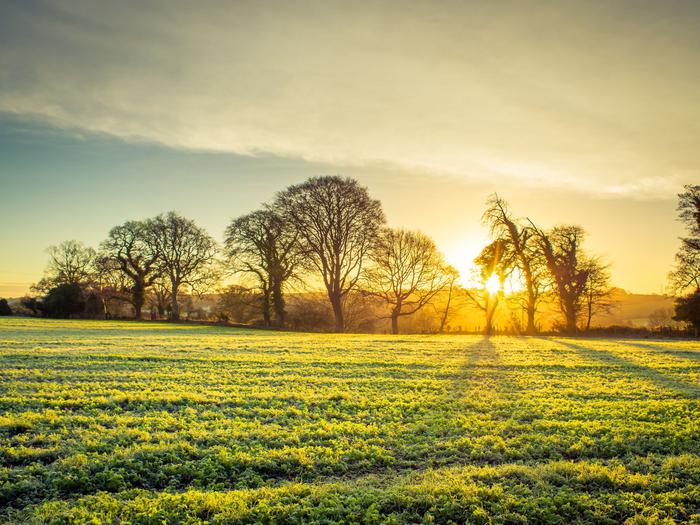
Forestry
Farm forestry may to be a very attractive farm enterprise.
The decision to plant is a long term land use change. All implications should be carefully considered, including its potential to compliment other farming enterprises and to provide financial, environmental and social benefits. The merits of the forestry option should be explored with family members, including issues such as future objectives and succession planning.
A whole-farm planning approach requires analysis of how planting land may interact with other important farming matters such as stocking rates, nitrates calculations and other farm schemes.

Forest establishment grants
The Afforestation Grant and Premium Scheme supports forest establishment and is designed to accommodate a variety of sustainable timber production, social and environmental objectives. There are 12 separate Grant and Premium Categories (GPCs), providing options including productive conifers, broadleaf species, native woodland initiatives, as well as agroforestry and forestry for fibre options. For instance, GPC 3 (main tree species is Sitka spruce) is the category of choice for many farmers establishing new forests, attracting an annual premium payment of €510 per hectare over 15 years.
The design and make-up of a new forest should be strongly guided by the owner’s objectives and be based on informed consideration and decision making. It is important to be aware of species choices, appreciate the difference in site requirements of tree species and the different time scales required to achieve economic and other objectives.
There are two main benefits to forestry on your farm
1. Financial benefits
Forestry provides generous tax-free annual forestry premium payments for the first 15 years. This growing asset on the farm will provide a tax-free income from timber sales in later years. Premium payments in the early years and timber income in later years will improve annual farm incomes, freeing up much needed resources.
2. Environmental benefits:
Farm forestry makes good use of more marginal and less productive land. Land that is marginal for agriculture may well be highly productive for forestry.
However, farm forestry has the ability to store (sequester) carbon. The rate of sequestration depends on several factors including tree species, growth rate, soil type and various management activities. For instance, a Sitka spruce forest can potentially sequester more than four tonnes of carbon per hectare per year.
The European Commission recently announced proposals for binding Greenhouse Gas (GHG) reduction targets for EU member states including Ireland. The use of credits from the land sector - mainly focussed on afforestation and soil carbon - may be used to enable Ireland to comply with its overall sectoral emissions targets.
Does Forestry Impact on your BPS and/or ANC payments?
Eligible land which has been afforested since 2009 or will be afforested under the Forestry Programme 2014-2020 can be used to activate Basic Payment Scheme (BPS) entitlements. This is a major advantage for applicants in a position to benefit and as with all schemes, terms and conditions apply.
The maximum payment for Areas of Natural Constraint (ANC, formerly Disadvantaged Area Based Payment) is 30 hectares on lowland, while the equivalent for mountain type grazing is 34 hectares. Planting a forest on a farm holding whose total eligible area is equal to or lower than the threshold (30ha or 34ha) would result in a pro-rata reduction in ANC payment.
A land use change to forestry, like any new farm enterprise, will raise many questions. As planting land is a permanent change of use, it is essential that a farmer is fully aware of all implications.
Comprehensive, independent and objective advice is critical so that an informed decision can be made.
As the private forest industry grows and develops, it is providing an ever increasing role in the provision of sustainable agriculture in our rural economy. Farmers should examine the profitability of their farm enterprise(s) when considering the best options for the future.
The farm forestry option has the capacity to complement other farming activities, provides optimum use of marginal land and establishes a valuable low risk asset on the farm.
For further detailed forestry information, visit https://www.teagasc.ie/crops/forestry where you can also find contact details of local Teagasc Forestry Advisers who can provide independent and objective advice.
Latest Headlines
- Sections
Contact Us
Telephone
+353 (0)61 314677





